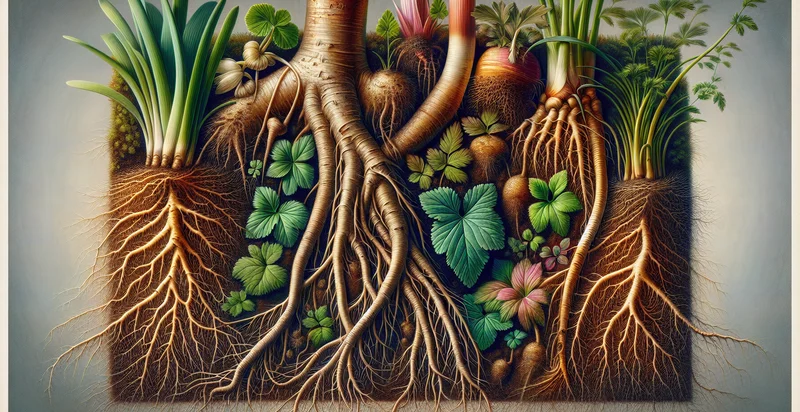Identify if itõs a root or a branch
using AI
Below is a free classifier to identify if itõs a root or a branch. Just upload your image, and our AI will predict if it's a root or a branch - in just seconds.

Contact us for API access
Or, use Nyckel to build highly-accurate custom classifiers in just minutes. No PhD required.
Get started
import nyckel
credentials = nyckel.Credentials("YOUR_CLIENT_ID", "YOUR_CLIENT_SECRET")
nyckel.invoke("if-itõs-a-root-or-a-branch", "your_image_url", credentials)
fetch('https://www.nyckel.com/v1/functions/if-itõs-a-root-or-a-branch/invoke', {
method: 'POST',
headers: {
'Authorization': 'Bearer ' + 'YOUR_BEARER_TOKEN',
'Content-Type': 'application/json',
},
body: JSON.stringify(
{"data": "your_image_url"}
)
})
.then(response => response.json())
.then(data => console.log(data));
curl -X POST \
-H "Content-Type: application/json" \
-H "Authorization: Bearer YOUR_BEARER_TOKEN" \
-d '{"data": "your_image_url"}' \
https://www.nyckel.com/v1/functions/if-itõs-a-root-or-a-branch/invoke
How this classifier works
To start, upload your image. Our AI tool will then predict if it's a root or a branch.
This pretrained image model uses a Nyckel-created dataset and has 2 labels, including Branch and Root.
We'll also show a confidence score (the higher the number, the more confident the AI model is around if it's a root or a branch).
Whether you're just curious or building if itõs a root or a branch detection into your application, we hope our classifier proves helpful.
Recommended Classifiers
Need to identify if itõs a root or a branch at scale?
Get API or Zapier access to this classifier for free. It's perfect for:
- Agricultural Health Monitoring: This function can be used to classify and monitor root and branch structures of various crops. By identifying these components, farmers can better assess plant health, enabling timely intervention for pests or diseases that may affect root systems or branches.
- Forestry Management: Forest managers can utilize this classification to differentiate between root systems and branches during inventory assessments. This allows for improved planning of timber extraction and helps maintain ecological balance by ensuring sustainable practices.
- Environmental Research: Researchers studying soil health and plant interactions can apply this function to gather data on root versus branch growth. This information can assist in understanding the impact of trees and plants on local ecosystems and soil stability.
- Landscaping and Urban Planning: Landscape architects can use the identifier to ensure that the design and placement of plants account for both root and branch structures. This ensures that plant choices fit well within the available space and do not interfere with infrastructures such as walkways or utilities.
- Biomass Energy Production: In biomass energy facilities, accurate classification of plant components is essential for efficient material processing. This function can help separate roots from branches during material collection, allowing for optimized feedstock preparation tailored for energy production.
- Erosion Control Strategies: Environmental agencies can leverage this technology to identify and map the distribution of roots in various terrains. Understanding root systems is vital for developing effective erosion control measures and enhancing soil retention strategies in vulnerable areas.
- Ecological Restoration Projects: Organizations involved in ecological restoration can use this classification function to evaluate the success of replanting efforts. By distinguishing between roots and branches, they can assess how well newly planted trees are establishing themselves and adjusting reforestation strategies accordingly.


